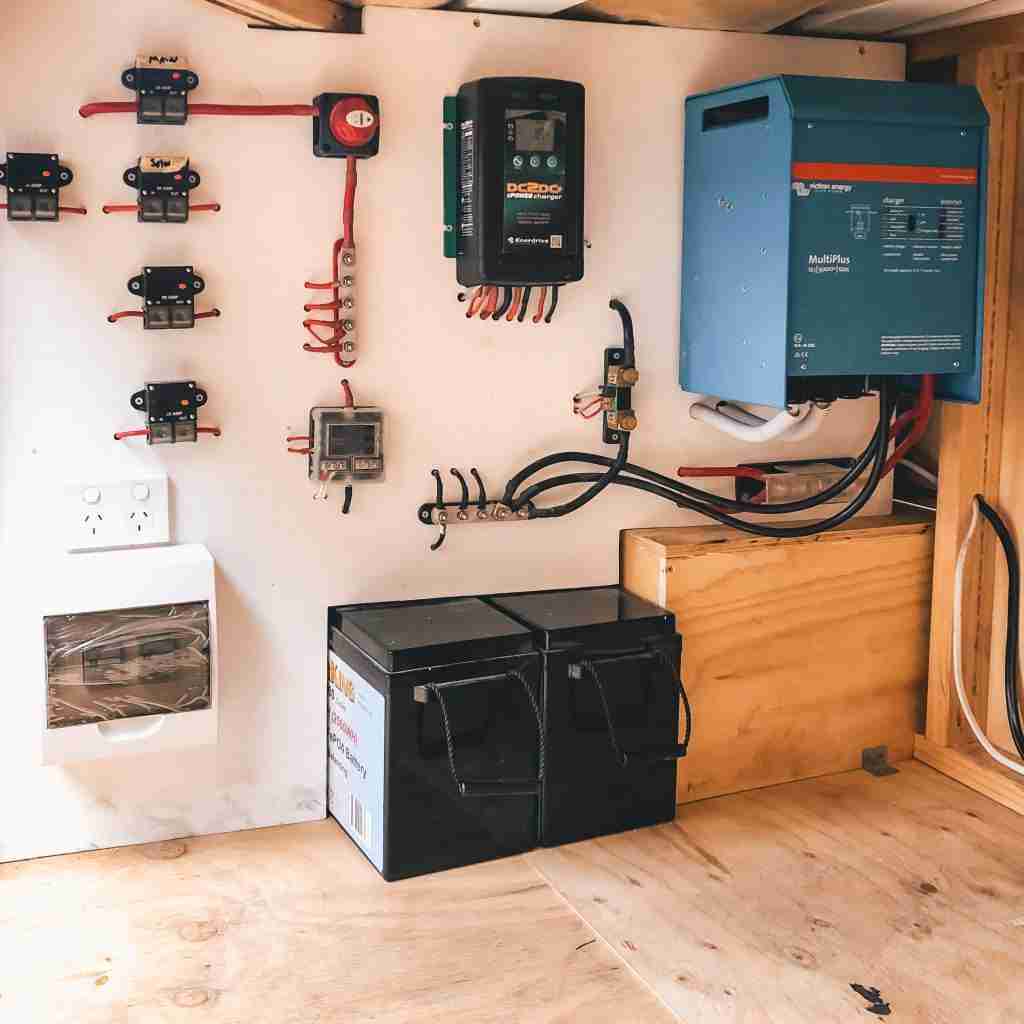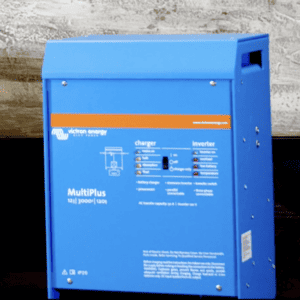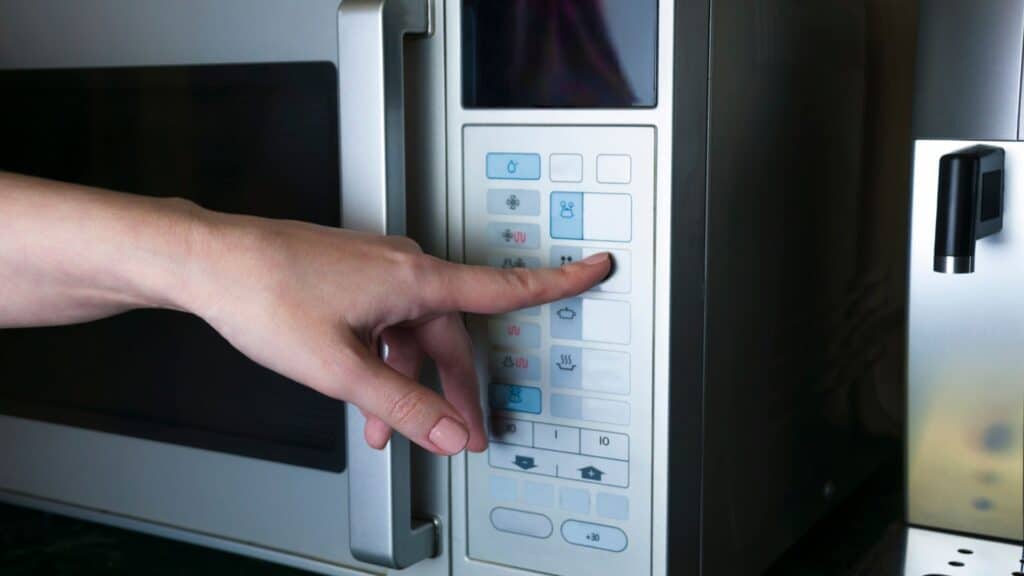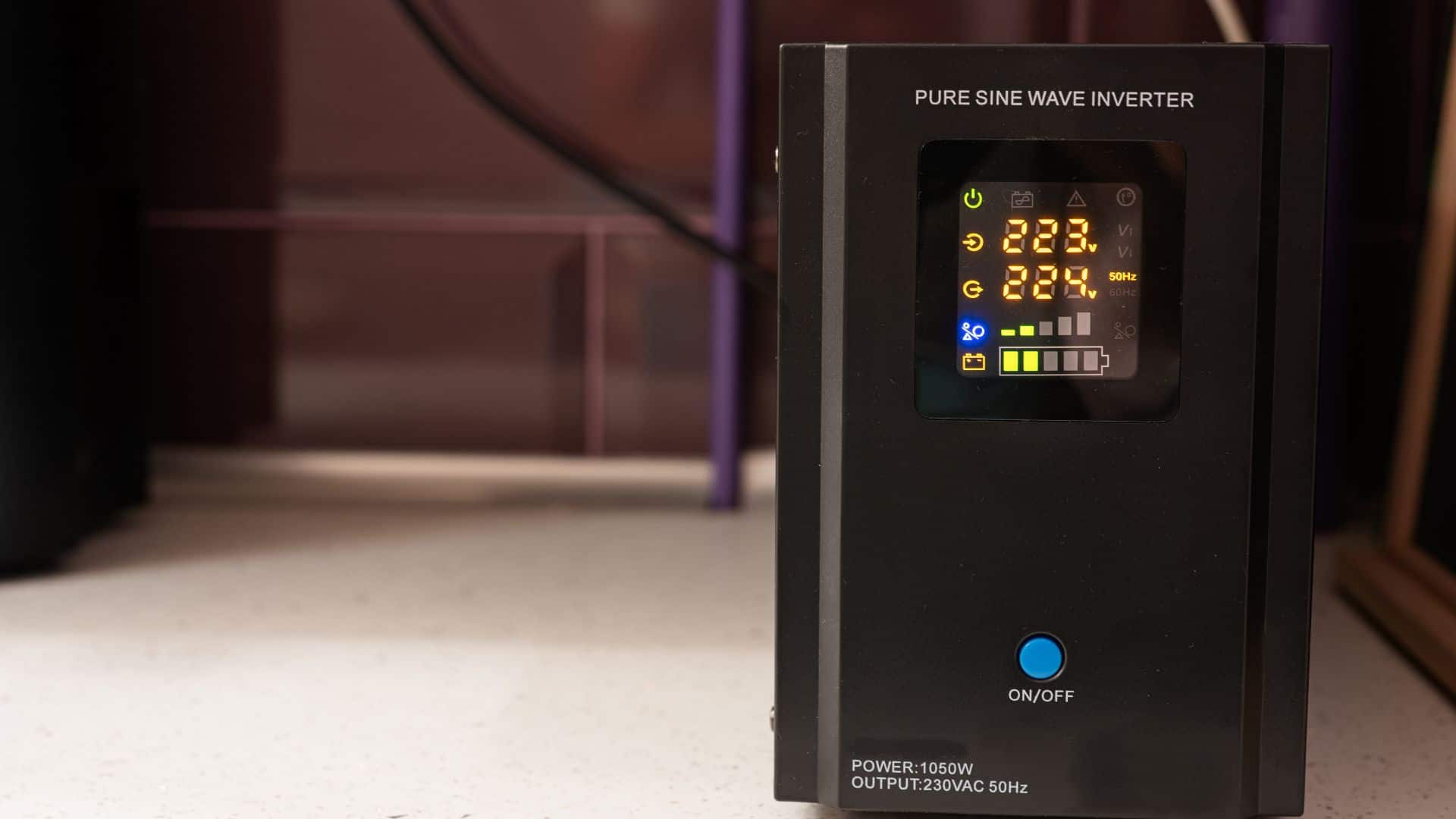What Size Inverter Do I Need to Run a Microwave?
Have you ever plugged in your microwave to an inverter only to find that it didn’t work? Or worse yet, have you ever tried to run multiple appliances on a single inverter, and the whole thing shut down?
Understanding how inverters work and which size to choose for your appliances is crucial for successful usage.
In this blog post, we’ll discuss what a power inverter is, its function in running appliances, and why knowing the correct size inverter for a microwave is essential.
Understanding Inverter Sizing
An inverter is a device that converts direct current (DC) electricity from battery power into alternating current (AC) electricity. This AC electricity is the type of power needed by most modern appliances.
Inverters come in various sizes and specifications depending on their output voltage, wattage capacity, surge rating, and other factors.
Why is inverter sizing important for running appliances?
Proper inverter sizing is crucial for any electrical equipment’s efficient and safe operation. It helps to ensure that an appliance will have enough power supplied to it, taking into account peak wattage, starting wattage, running wattage and surge protection requirements.
An undersized inverter can lead to overheating, damage to connected appliances, and even the potential for hazardous situations such as fire.
An oversized unit can incur additional running costs and decreased efficiency. It is important to select an inverter that is correctly sized to maximise your investment while avoiding dangerous and costly consequences.

Types of 12V Inverters
Modified sine wave inverters

A Modified sine wave inverter is the market’s most common type of power inverter. They produce a stepped waveform, which can power most electronic devices but not some sensitive equipment like specific medical devices or audio equipment. Modified sine wave inverters are affordable and work well for most household needs.
Pure sine wave inverters
A pure sine wave inverter produces a smooth waveform just like the AC power supplied by the grid. The smooth waveform makes them suitable for powering sensitive equipment like medical devices, audio equipment, and some new-model appliances with built-in electronics. Pure sine wave inverters are typically more expensive than modified sine wave inverters.
Factors that affect inverter sizing
1. Appliance Power Rating
The power rating of the electronic appliance or device you want to operate through the inverter is the primary factor in determining the inverter size. The higher the appliance’s power rating, the larger the inverter you will need.
Generally, the minimum inverter size you should go for when powering electronic devices is 300 watts. By checking the device’s specification sheet or manual, you can determine the device’s power rating, which is typically expressed in watts.
2. Starting and Running Wattage
When selecting an inverter, it is essential to consider the starting and running wattage of the electronic device you want to power. Some appliances have a high starting wattage or surge current, which requires a larger inverter to handle the sudden power demand.
Running wattage is the amount of power needed to keep the device running. Appliances like microwaves and air conditioners have a high starting wattage compared to others like LED lights or mobile phone chargers.
3. Surge Capacity
Surge capacity refers to an inverter’s ability to handle brief power surges that some appliances generate during startup. These surges can be six times or more than the appliance’s running wattage. It is critical to select an inverter with sufficient surge capacity to sustain the starting operation and prevent damage to the appliance or inverter.
4. Calculating Total Power Required
If you need to power several appliances with an inverter, you will need to find out the total power you will require from the inverter. Calculating the total power can be complex since different appliances have different starting and running wattage. You can use online calculators or consult an expert to accurately calculate the total power required. Using a wattmeter to measure the power consumption of the appliance you want to power can also give you accurate results.
5. Inverter Efficiency
Inverter efficiency is an essential factor to consider when selecting an inverter to match your electronic appliance’s needs. It refers to the ratio of power output to power input, with a higher efficiency rating meaning less power loss and lower heating up of the device. When selecting an inverter, go for one with the highest efficiency criteria to save energy and avoid damage to your appliances.
Microwave Power Ratings and Wattage
Who knew that getting the proper inverter size for your microwave could be tricky? When it comes to using your trusty microwave on the go, it’s important to ensure you have the right equipment to get the job done safely and effectively.
But there are so many factors to consider – wattage, surge current and more. We’ll break it down for you with a step-by-step guide on determining the appropriate inverter size for your microwave, so you can have peace of mind when heating up your meals on the road.

Typical power rating and wattage of microwaves
The power rating and wattage of microwaves vary greatly depending on the make and model. Generally speaking, they usually range from 600 to 1200 watts, but it is important to check with the manufacturer’s specifications to get an accurate figure. Knowing the exact wattage is essential for correctly sizing an inverter if you intend to run a microwave using the inverter.
It is also important to be aware that older models of microwaves may require more wattage than newer ones. The size of the appliance and its associated electrical requirements must also be considered when selecting an inverter for running your microwave.
Difference between input and output power.
The difference between input and output power in a microwave can be significant. Input power is the amount of electricity the microwave draws from its power source to operate, whereas output power is the amount of energy it produces to cook food. In many cases, the input power is higher than the output power due to inevitable energy losses during conversion.
The output power depends on several factors, such as the wattage rating, the efficiency of components, and how long you cook your food. Knowing these differences is important when evaluating an inverter since a unit that supplies too much or too little electricity may not be suitable for running a microwave.
Calculating microwave power consumption using wattage and cooking time.
Accurately calculating the power consumption of your microwave is important for ensuring its long-term performance. The wattage rating of a microwave usually appears on the manufacturer’s label, and the time you cook your food can be easily adjusted with the appliance’s timer setting.
To calculate the power consumption, multiply its wattage by the cooking time in hours.
For example, a 1000-watt microwave running for 0.5 hours (30 minutes) will consume 500 watt-hours (Wh) of electricity.
Knowing how to measure and correctly adjust wattage and cooking time is essential for avoiding damage to your appliance or exceeding your inverter’s capacity.
Choosing the Right Inverter Size for a Microwave
Step-by-step guide on how to determine the appropriate inverter size for a microwave.
Step 1: Determine the wattage of your microwave. The first step in choosing the correct inverter size for your microwave is determining its wattage. This information is usually available on the label or specifications sheet that came with your microwave. Look for a number followed by “W” – this is the wattage of your microwave. For example, if your microwave says “1200W”, that means it requires 1200 watts of power to operate.
Step 2: Determine the surge current or starting wattage, if applicable. Some microwaves require more power to start up than they do to run continuously. This is called surge current or starting wattage. You can usually find this information in the manual or online. Look for a number followed by “W” or “VA” – this is your microwave’s surge current or starting wattage. You can skip this step if your microwave doesn’t have a surge current or starting wattage.
Step 3: Add the starting wattage and running wattage of your microwave together to get the total wattage required for your microwave. For example, if your microwave has a running wattage of 1000W and a surge current of 1500W, you would add those together to get a total wattage requirement of 2500W. This is the minimum inverter size you’ll need to power your microwave.
Step 4: Choose an inverter with a capacity that is 20% higher than the total wattage requirement
To ensure the reliable and efficient operation of your microwave, it’s important to choose an inverter with a capacity that is at least 20% higher than the total wattage requirement.
So if your microwave requires 2500W of power, you’ll want to choose an inverter with a capacity of at least 3000W.
This will give you extra headroom in case your microwave requires more power than usual, and it will help prevent overloading and damage to your inverter or other equipment.
Step 5: Consider other factors when choosing an inverter. When choosing an inverter for your microwave, there are a few other factors to consider.
For example, you’ll want to ensure the inverter is compatible with the type of battery bank you’re using and has the appropriate input and output voltage for your system. You should also consider the size and weight of the inverter, as well as its efficiency and noise level. Researching and reading reviews can help you find an inverter that meets all your needs.
Importance of considering surge capacity for microwaves with high starting wattage.
When choosing an inverter for a microwave, it is essential to consider the surge capacity. This is especially important when selecting one with a high starting wattage.
The surge capacity of your inverter should be able to handle the peak power demand of your appliance to prevent potential damage to either the inverter or the microwave.
Overpowering the inverter can lead to malfunctions and will significantly decrease its lifespan, so make sure you are aware of the wattage rating of your microwave before making any decisions.
Inverter Safety and Other Considerations
When using an inverter and a microwave together, it is important to take safety precautions to prevent any potential damage or electrical hazards. To begin with, make sure you use the right size fuse for your appliance.
Also, attach the inverter to a battery with the appropriately rated cables as specified by the manufacturer’s instructions.
Finally, be aware of overloads and overloading potential when using both the inverter and microwave.
Other factors to consider when choosing an inverter for a microwave:
When selecting an inverter for a microwave, there are several factors to consider beyond power requirements and safety. If you need to take your inverter outdoors or on the go, a lightweight and portable model will be more suitable.
Additionally, it would help if you looked at the battery capacity of your inverter, as this will determine how long it can run without needing to be recharged.
Lastly, the cost is also worth noting – higher-end models may have more features but may also have a larger price tag.
Conclusion
Several important factors should be considered when determining the correct size of an inverter for running a microwave. Firstly, it is essential to understand your appliance’s exact wattage and power rating and the difference between input and output power. It is also necessary to determine surge capacity, the total power required, and inverter efficiency.
Additionally, selecting an inverter that matches your needs in terms of portability, battery life, and cost can make all the difference when it comes to your device’s safe and efficient operation.
Finally, always take safety precautions before using a microwave with an inverter by following manufacturer guidelines to avoid hazardous situations or damages.

